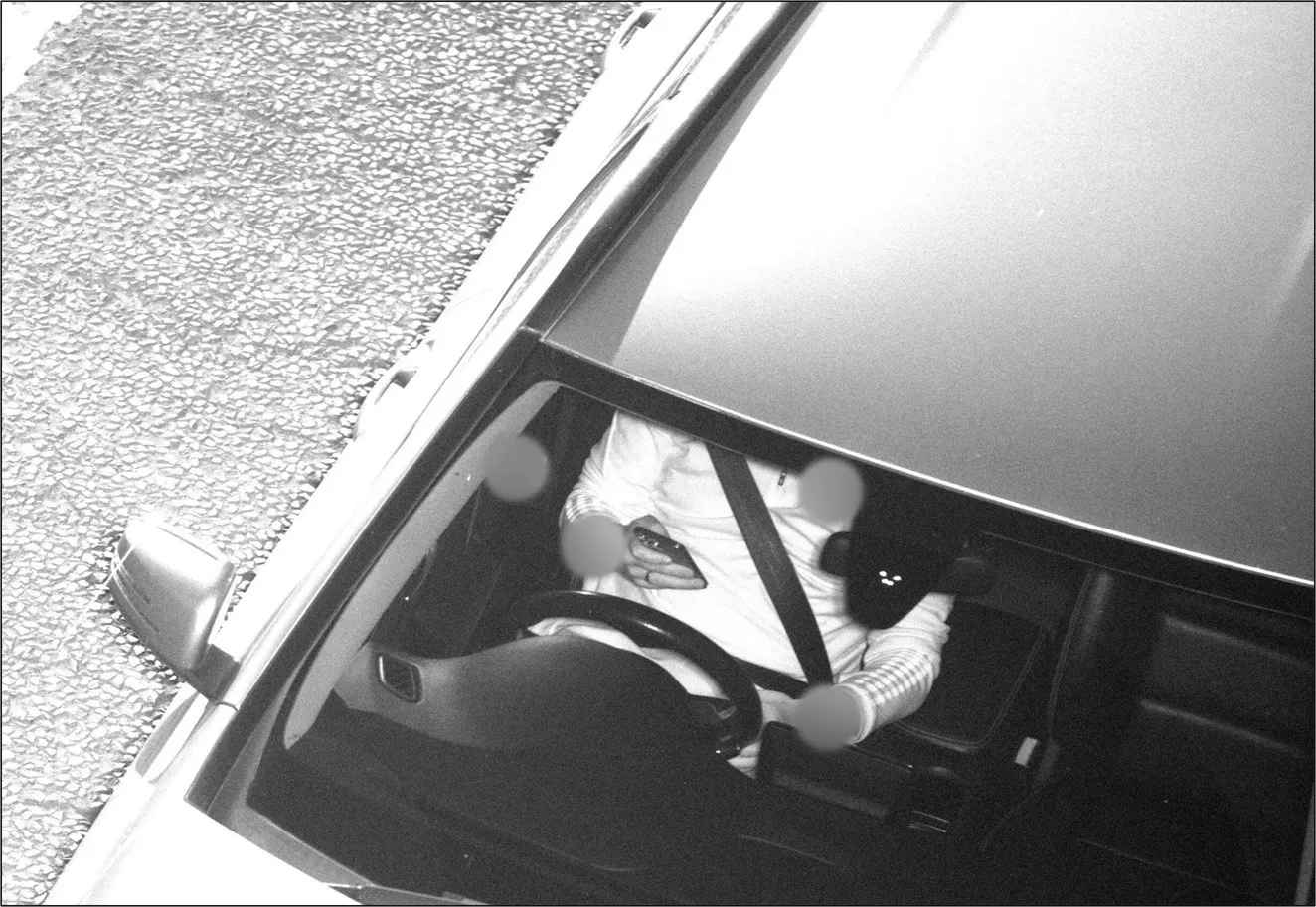A push by the US National Highway Traffic Safety Administration to use technology to reduce traffic fatalities aims to keep drunk drivers off the roads by using in-vehicle technology that immobilises their cars. They are pushing for systems that prevent drivers from starting their cars, help cars avoid collisions and prevent vehicles from starting if the occupants don’t wear seat belts.
"Ninety per cent of all crashes have an element of human error," NHTSA administrator David Strickland said. "We really
December 2, 2013
Read time: 2 mins
A push by the US 834 National Highway Traffic Safety Administration to use technology to reduce traffic fatalities aims to keep drunk drivers off the roads by using in-vehicle technology that immobilises their cars. They are pushing for systems that prevent drivers from starting their cars, help cars avoid collisions and prevent vehicles from starting if the occupants don’t wear seat belts.
"Ninety per cent of all crashes have an element of human error," NHTSA administrator David Strickland said. "We really need to focus on what more we can do to address these risks."
The insurance industry and auto safety experts predict the government's initiative will improve driving safety, leading to fewer claims and deaths.
"This is the holy grail," said Russ Rader, spokesman for the Insurance Institute of Highway Safety.
Much of the technology already exists. Cars equipped with optional collision warning and automatic braking systems have already been demonstrated. Vehicles sound a warning when a passenger isn’t wearing a seat belt; car makers can already link that to the car's transmission to prevent the car from moving.
Now NHTSA and a coalition of seventeen car makers are working on the Driver Alcohol Detection System for Safety or DADDS, which uses sensors in the cabin to measure blood-alcohol content by breath or touch to ensure a driver is below the legal 0.08 per cent threshold for impairment.
Drunk driving killed more than 10,000 people last year, about a third of traffic deaths. About 3,000 people are killed annually in crashes they would have survived if they had buckled up, according to NHTSA.
"Ninety per cent of all crashes have an element of human error," NHTSA administrator David Strickland said. "We really need to focus on what more we can do to address these risks."
The insurance industry and auto safety experts predict the government's initiative will improve driving safety, leading to fewer claims and deaths.
"This is the holy grail," said Russ Rader, spokesman for the Insurance Institute of Highway Safety.
Much of the technology already exists. Cars equipped with optional collision warning and automatic braking systems have already been demonstrated. Vehicles sound a warning when a passenger isn’t wearing a seat belt; car makers can already link that to the car's transmission to prevent the car from moving.
Now NHTSA and a coalition of seventeen car makers are working on the Driver Alcohol Detection System for Safety or DADDS, which uses sensors in the cabin to measure blood-alcohol content by breath or touch to ensure a driver is below the legal 0.08 per cent threshold for impairment.
Drunk driving killed more than 10,000 people last year, about a third of traffic deaths. About 3,000 people are killed annually in crashes they would have survived if they had buckled up, according to NHTSA.








